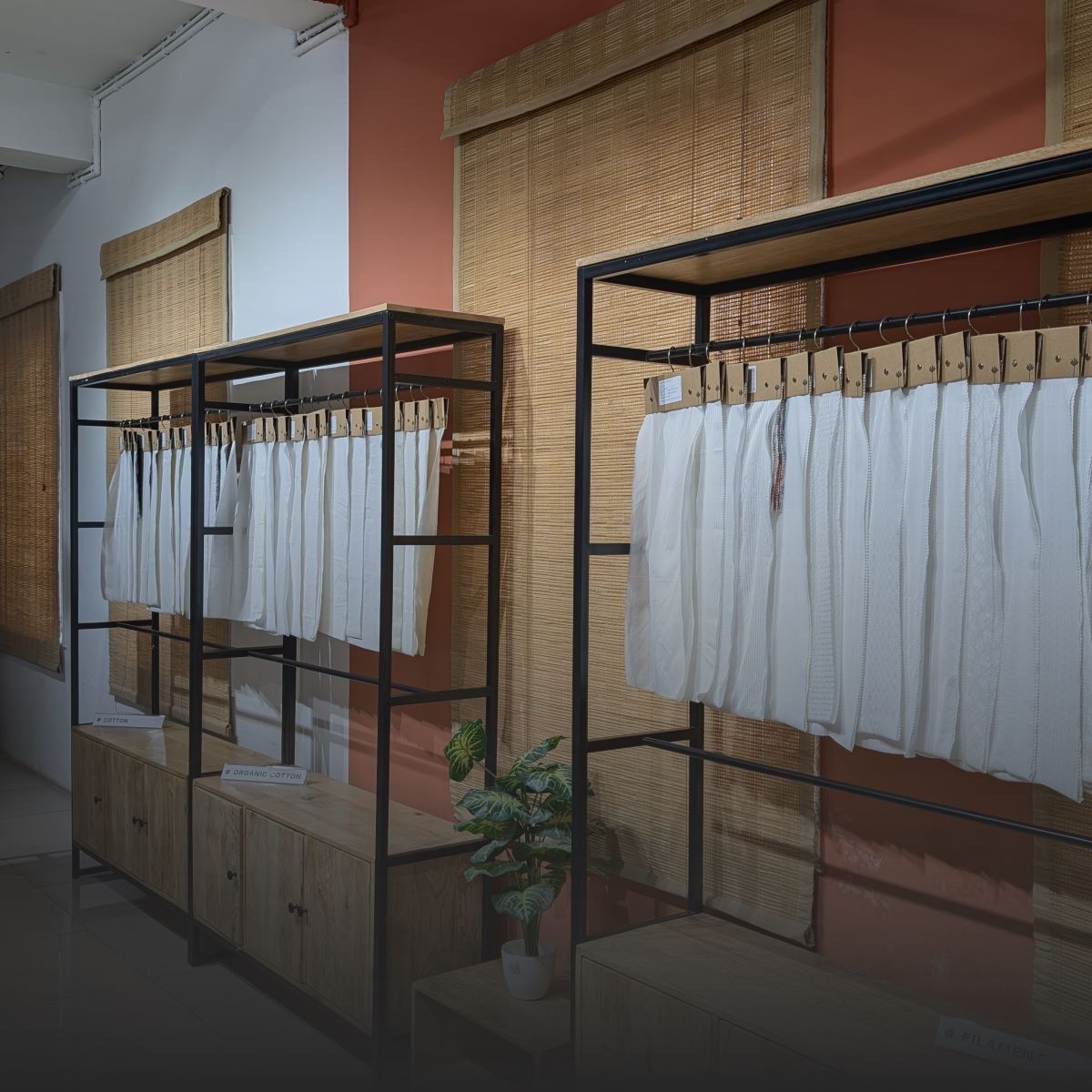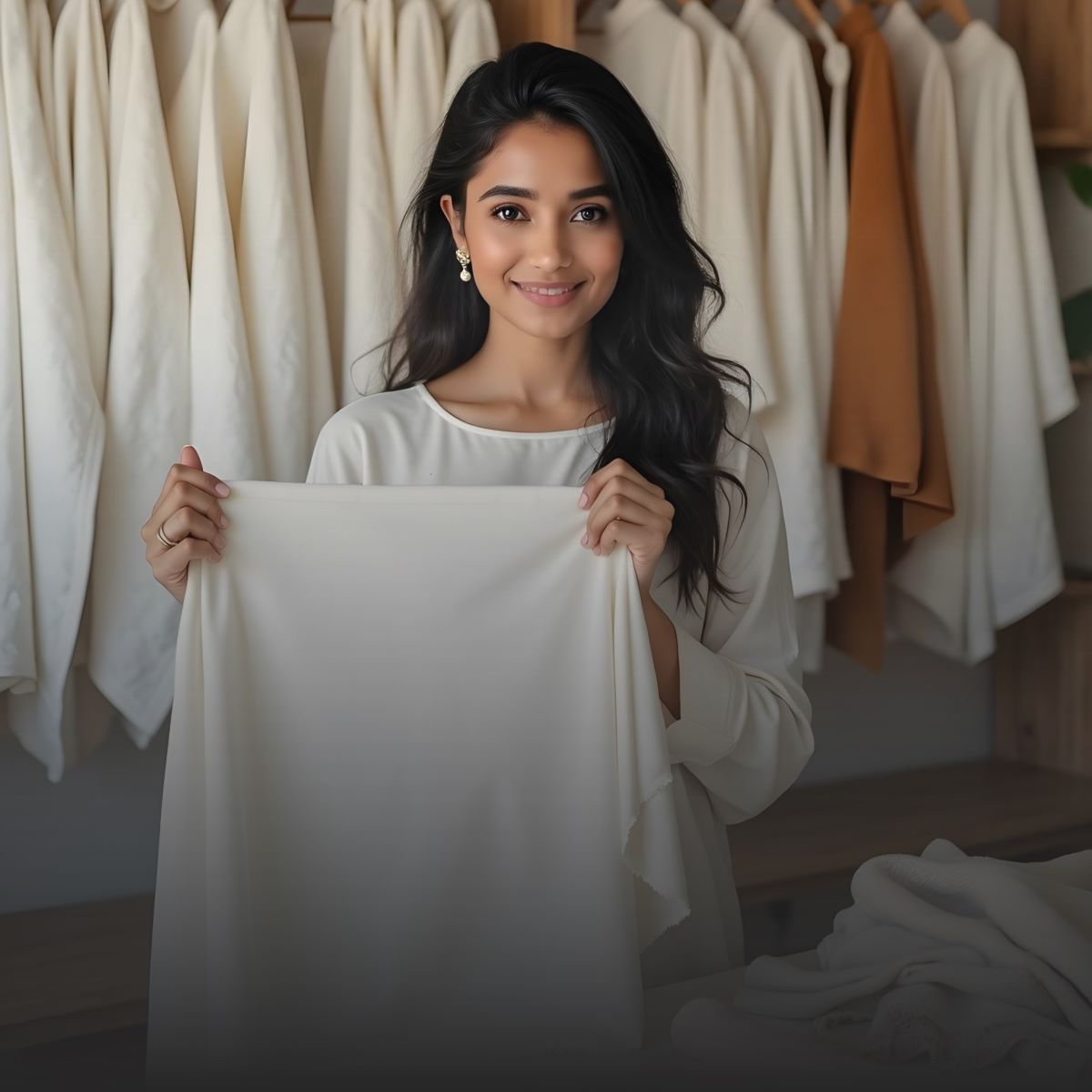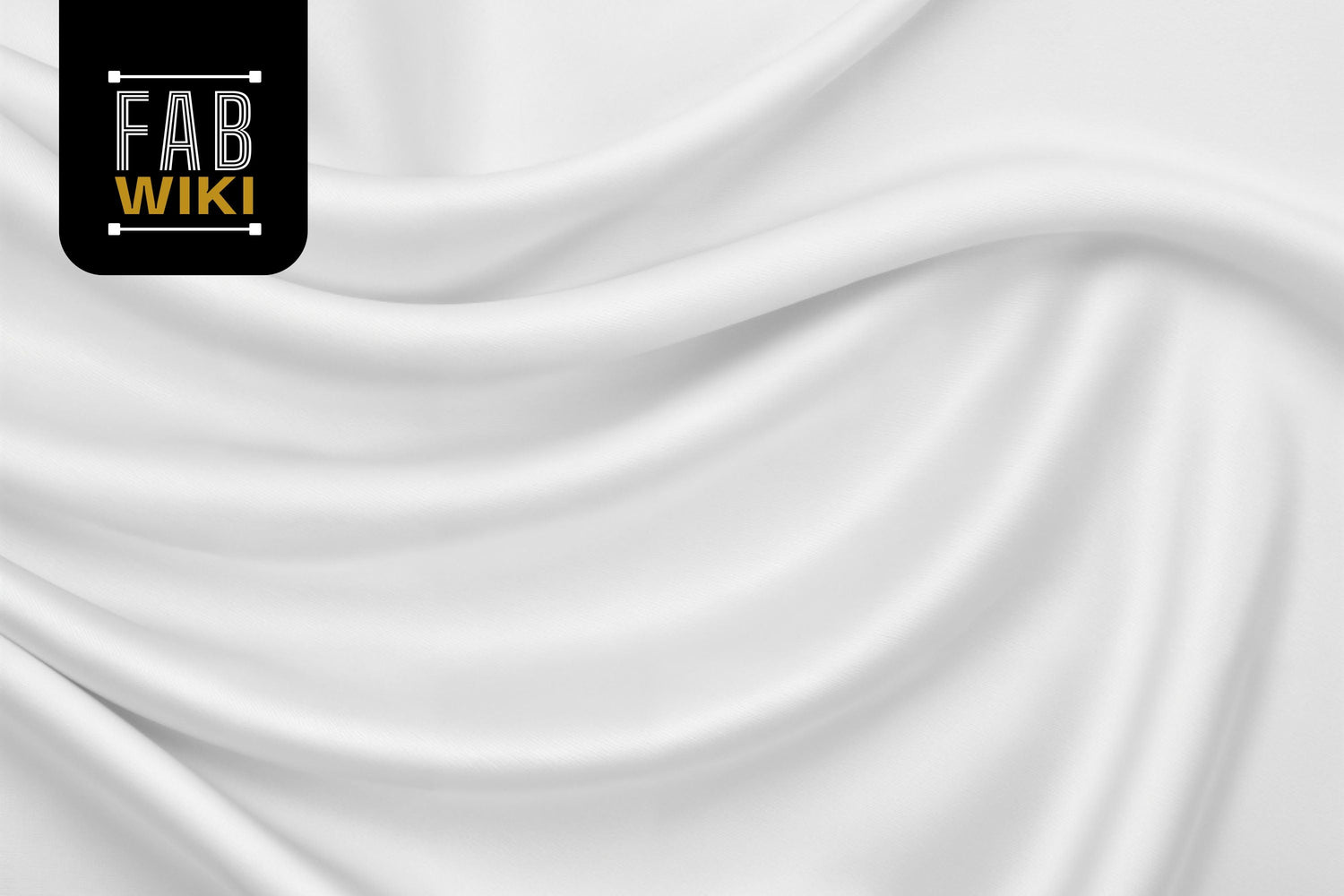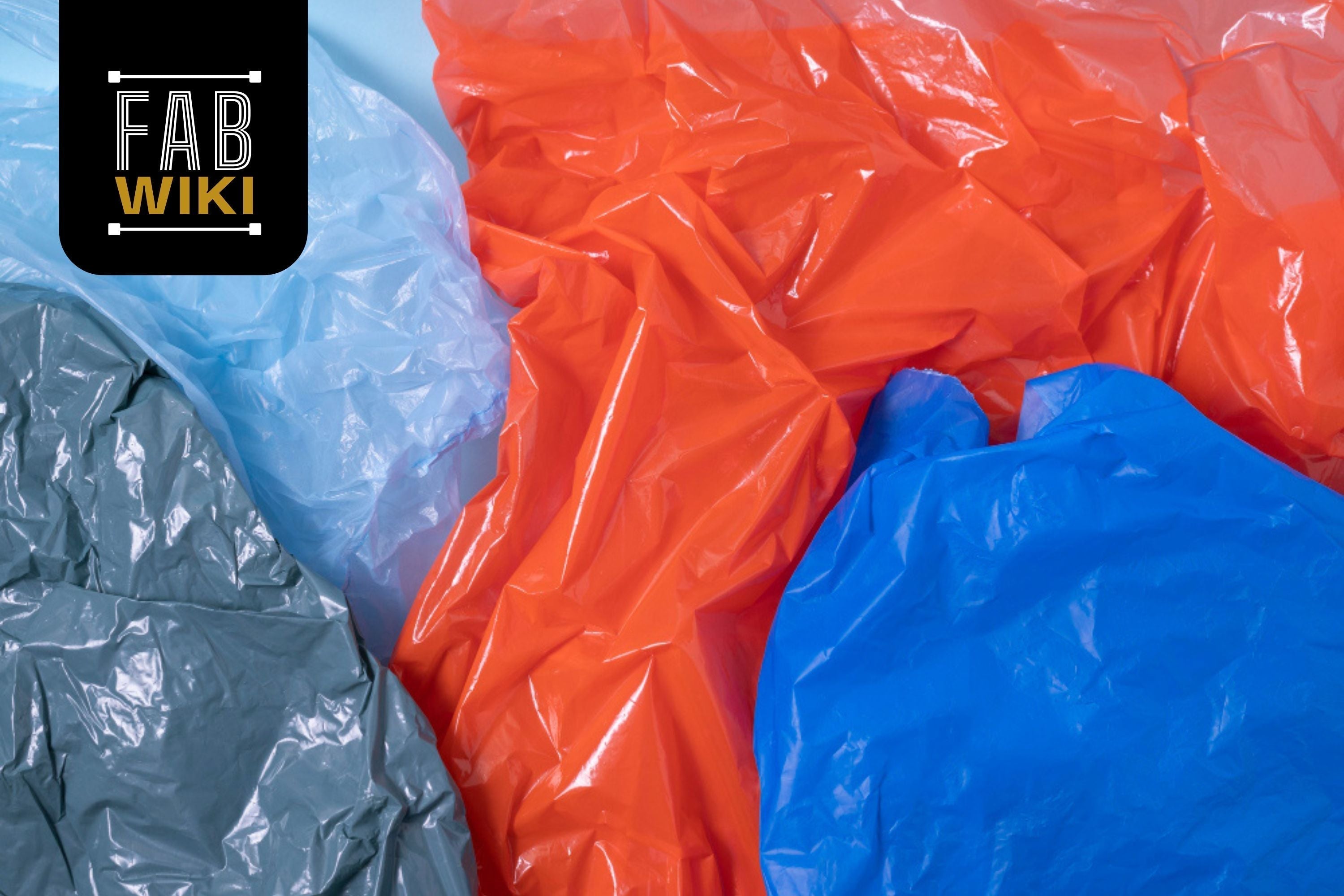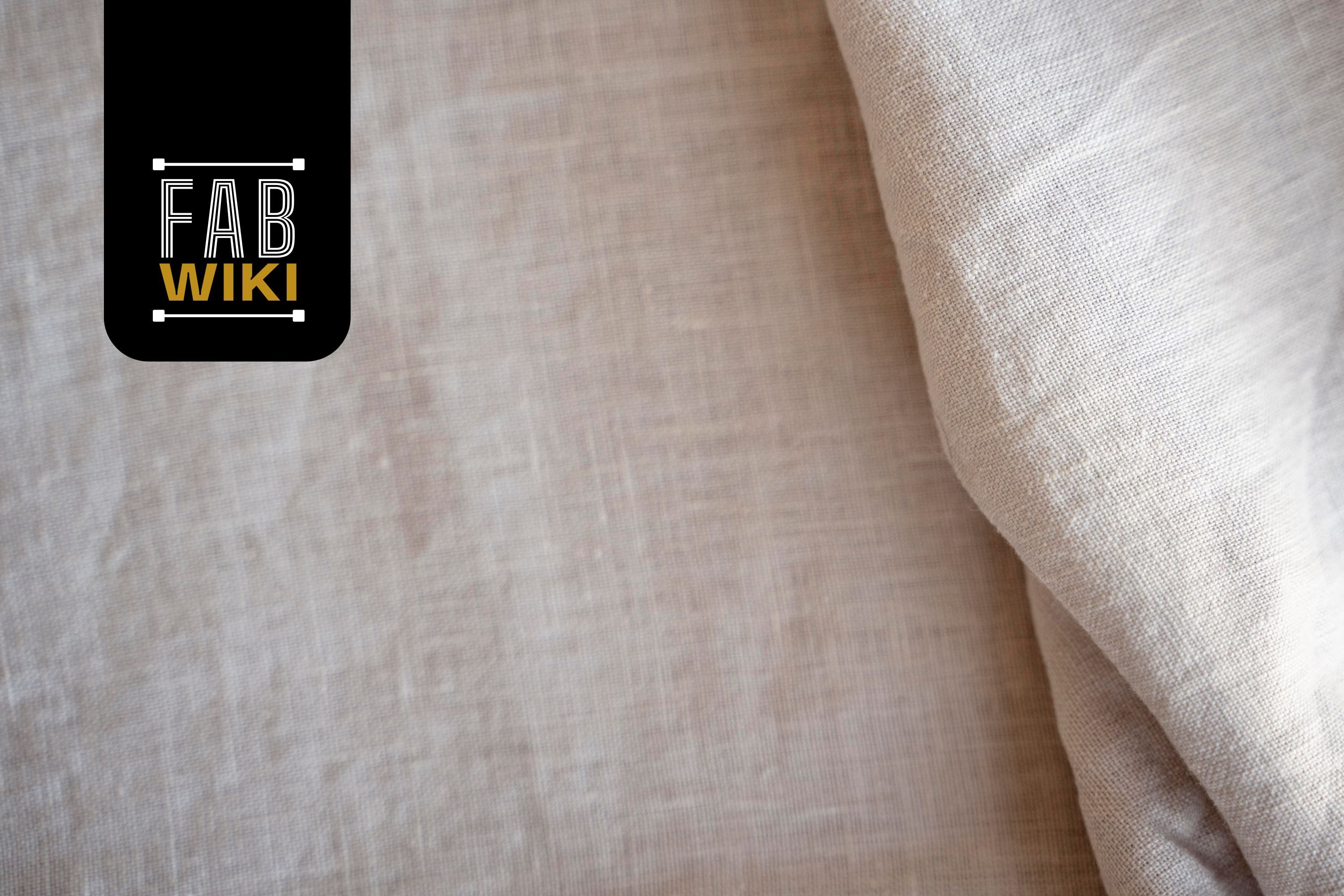Milk fabric (sometimes called milk fibre or casein fabric) is one of the most intriguing sustainable textile inventions. This eco-friendly textile makes smooth, breathable, and biodegradable cloth from leftover milk.
With fashion brands under growing pressure to reduce environmental footprints, milk fabric is emerging as a luxury alternative to synthetics and even traditional natural fibers like cotton or silk.
This guide explores what milk fabric is, how it's made, its properties, types, applications, sustainability, price considerations, care tips, and sourcing strategies. By the end, you'll know whether milk fabric fits your brand's values, design goals, and sourcing strategy.
What Is Milk Fabric?

Before diving into its applications, it's essential to understand what milk fabric really is. Unlike typical plant-based or petroleum-derived fibers, milk fabric is a protein-based textile created from casein, the primary protein found in milk. Depending on production techniques, it comes in different forms with varying costs, durability, and environmental impact.
- Pure casein / organic milk fiber – Produced with minimal or no chemical processing, these fibers are luxurious, biodegradable, and soft, but costlier and more delicate.
- Semi-synthetic milk blends – Casein mixed with polymers (e.g., acrylonitrile) for improved strength and lower cost, but less eco-friendly.
Historically, milk-based fabrics were developed in the 1930s in Italy, Germany, and the USA as substitutes for silk and wool during material shortages. Today, innovators like Qmilk (Germany) and Duedilatte (Italy) are leading efforts to make the process chemical-free and scalable for modern fashion markets.
Understanding the manufacturing process is crucial for evaluating quality, sustainability, and sourcing decisions. Milk fabric manufacture can use extra, expired, or non-consumable milk, which makes it a unique example of turning agricultural waste into textiles.
1. Raw Material Sourcing
That journey starts with extra or wasted milk that can't usually be sold because it's not good enough for people to eat. The business cuts down on landfill waste and carbon emissions from discarded dairy by finding new uses for this stuff.
2. Casein Extraction
- Milk is skimmed to remove fats.
- Casein protein is extracted and dried into a purified powder.
- Early methods used formaldehyde, but sustainable producers now employ chemical-free processes.
3. Fiber Formation
- Casein powder is dissolved and extruded into continuous filaments.
- Fibers may be spun as-is or blended with cotton, viscose, or wool to balance softness with durability.
4. Finishing
- Fabrics undergo dyeing, washing, or antibacterial finishing.
- Organic milk fabrics avoid harsh chemicals, keeping the final textile hypoallergenic and fully biodegradable.
Properties of Milk Fabric
Milk fabric is admired for its luxury feel, skin benefits, and environmental potential. Its performance traits vary depending on whether it's pure casein or blended with synthetics.
|
Property |
Performance |
|
Texture & Hand Feel |
Silky, smooth, with natural sheen; ideal for luxury wear and babywear. |
|
Moisture Management |
Wicks moisture effectively; breathable compared to synthetics. |
|
Antibacterial / Hypoallergenic |
Naturally antibacterial due to amino acids; suitable for sensitive skin. |
|
Biodegradability |
Pure casein decomposes naturally, unlike polyester. |
|
Durability |
Semi-synthetic blends offer greater strength; pure casein is delicate. |
|
Thermal Regulation |
Cool in summer, moderately insulating in cooler weather. |
|
Limitations |
Wrinkles easily, may shrink, and is costlier than mainstream fabrics. |
Types & Variations of Milk Fabric
Like other specialty textiles, milk fabric comes in different variations depending on performance requirements, price, and sustainability goals. Choosing the right type is key for designers and sourcing teams.
- Pure Casein / Organic Milk Fiber – Luxurious, sustainable, biodegradable, but niche and expensive. Best for high-end fashion, lingerie, or babywear.
- Semi-Synthetic Blends – Mixed with polymers for improved strength and lower cost, but compromise eco-value.
- Luxury Blends – Casein combined with silk, wool, or cotton to enhance drape, sheen, and durability.
- Special Finishes – Fabrics treated with antibacterial, moisture-control, or odour-resistant coatings for functional apparel.
Applications of Milk Fabric Across Fashion Categories

Milk fabric is versatile enough to appear in multiple product categories. Silky finish, comfort, and eco-appeal make it perfect for brands that want to be high-end and environmentally friendly.
1. Menswear
- T-shirts & Polos – Breathable, sustainable alternative to cotton jersey.
- Dress Shirts – Smooth, silky finish for office or luxury wear.
- Loungewear – Soft and antibacterial for premium comfort.
2. Womenswear
- Lingerie & Intimates – Comparable to silk with moisture-wicking comfort.
- Blouses & Dresses – Light drape and sheen for formal wear.
- Babywear – Hypoallergenic and antibacterial, perfect for sensitive skin.
3. Kidswear
- Rompers & Pyjamas – Soft, safe fabric ideal for infants.
- Schoolwear Basics – Blended versions for breathable durability.
4. Madeups (Home Textiles)
- Bedding & Sheets – Naturally breathable for cool, comfortable sleep.
- Towels & Pillowcases – Luxurious softness with absorbency.
- Curtains – Lightweight, eco-conscious home décor option.
Advantages vs. Challenges
These milk textiles have some special qualities, but they also have some problems, like all speciality fabrics. Take a look at these two comparisons:
|
Advantages |
Challenges / Limitations |
|
Luxurious silk-like sheen & softness |
Higher cost than cotton or polyester |
|
Antibacterial, hypoallergenic |
Wrinkles/shrinks easily, delicate care |
|
Sustainable – repurposes waste milk |
Limited global production scale |
|
Biodegradable (organic versions) |
Semi-synthetic blends rely on chemicals |
|
Strong eco-branding story |
Supply inconsistencies, limited certification |
Environmental Impact
Sustainable innovation is often used to sell milk cloth, but the truth depends on how it's made. Getting to know the positives and trade-offs helps buying teams make smart choices.
Positives
- Uses surplus milk, reducing food waste.
- Biodegradable when produced with natural finishes.
- Lowers reliance on petroleum-based fibers like polyester.
Concerns
- Semi-synthetic blends use acrylonitrile, a toxic compound.
- Energy-intensive processing is not optimised.
- Pure casein materials may need to be replaced more often because they don't last as long.
Sustainability Tip: Choose certified organic casein fabrics (e.g., Milk) and demand transparent supply chain documentation for eco-marketing claims.
Cost & MOQ Considerations
Cost and minimum order quantity (MOQ) often decide whether a fabric is viable for startups or large brands. Milk fabric remains a premium textile due to niche production.
- Pure casein fabric – $25–$40 per meter, MOQ 100–300m.
- Semi-synthetic blends – $15–$25 per meter, lower MOQ possible.
- Luxury blends (milk + silk/wool) – $40+ per meter, very limited supply.
👉 Tip: Before placing a large order, you should always start with swatches to check the colorfastness, drape, GSM, and finishing quality.
Care & Maintenance of Milk Fabric
Proper care extends the life of milk fabric and preserves its eco-benefits. Since it's protein-based, it behaves differently from cotton fabric or polyester fabric.
- Washing – Cold/lukewarm wash, pH-neutral detergent, gentle cycle.
- Drying – Air-dry, avoid sunlight (UV can yellow casein).
- Ironing – Low heat with pressing cloth.
- Storage – Store cool and dry to prevent microbial growth.
Comparison with Other Eco-Fabrics
Milk fabric is up against organic cotton, bamboo, and lyocell (TENCEL™) when it comes to eco-fabrics. Each has its own strengths.
|
Feature |
Milk Fabric |
Organic Cotton |
Bamboo |
TENCEL™ |
|
Softness |
Silky, smooth |
Crisp, softens with use |
Soft, drapey |
Very soft, breathable |
|
Antibacterial |
Yes |
No |
Yes |
Moderate |
|
Biodegradability |
Yes (organic) |
Yes |
Yes |
Yes |
|
Moisture Management |
Excellent |
Moderate |
Good |
Excellent |
|
Durability |
Moderate |
High |
Moderate |
High |
|
Cost |
High |
Moderate |
Moderate |
High |
|
Best Use |
Luxury, lingerie, babywear |
Everyday fashion |
Casual eco-wear |
Activewear, dresses |
Where to Source Milk Fabric
Milk fabric isn't easy to find just yet, so you need to do a lot of study before you buy it. You can buy it from local textile markets or online fabric sourcing platforms, but before you buy a lot of it, you should always start with swatches to make sure of its authenticity, GSM, drape, weave density, and finishing.
Conclusion
Milk fabric combines luxury, sustainability, and innovation in today's textiles. Transforming waste milk into smooth, biodegradable fibers gives eco-fashion and luxury brands a unique edge while minimizing waste.
Milk fabric has some problems, like being more expensive, fragile, and hard to find suppliers for. However, its storytelling power gives brands an edge with eco-conscious customers. Starting with swatches, test performance, and vet suppliers is the best way for sourcing teams to proceed before going big.
👉 And if you're looking for a custom sourcing partner, companies like Fabriclore specialise in low-MOQ development and sustainable textile sourcing, which may include niche fabrics like milk fiber through their global networks.
FAQs
Q1: Is Milk Fabric Vegan?
No. Since it's made from milk protein (casein), it's not vegan, even though it's sustainable.
Q2: Is Milk Fabric Sustainable?
Yes, when made without toxic chemicals. It uses waste milk, is biodegradable, and reduces reliance on petroleum fibers.
Q3: Will Milk Fabric Shrink?
Yes. Pure casein fabrics are delicate. Prewash swatches before bulk cutting.
Q4: How Does Milk Fabric Compare To Cotton?
Cotton is cheaper, stronger, and easier to find, but silk is smoother, wicks away moisture, and kills germs.
Q5: What's The Price Of Milk Fabric?
$25–$40 per meter for pure casein; $15–$25 for blends. MOQ often 100–300m.
Q6: Can Startups Source Milk Fabric In Small Runs?
Yes, through swatch programs and sourcing partners like Fabriclore, who can help with custom, low-MOQ development.
We also happen to be a magnet for suggestions, and would love to catch yours….throw us yours on hello@fabriclore.com
